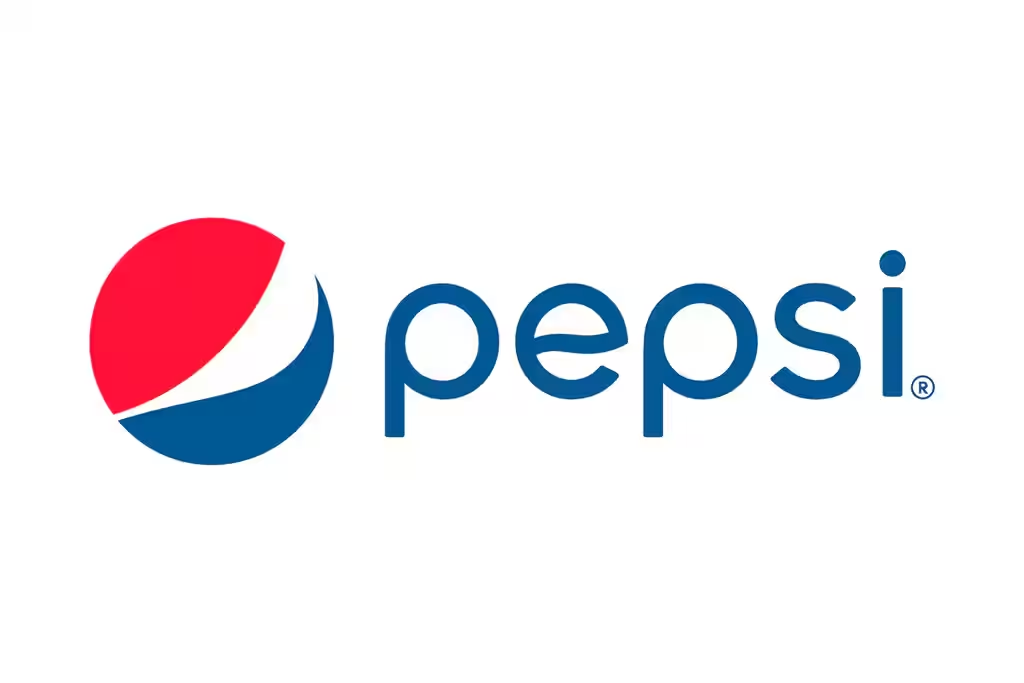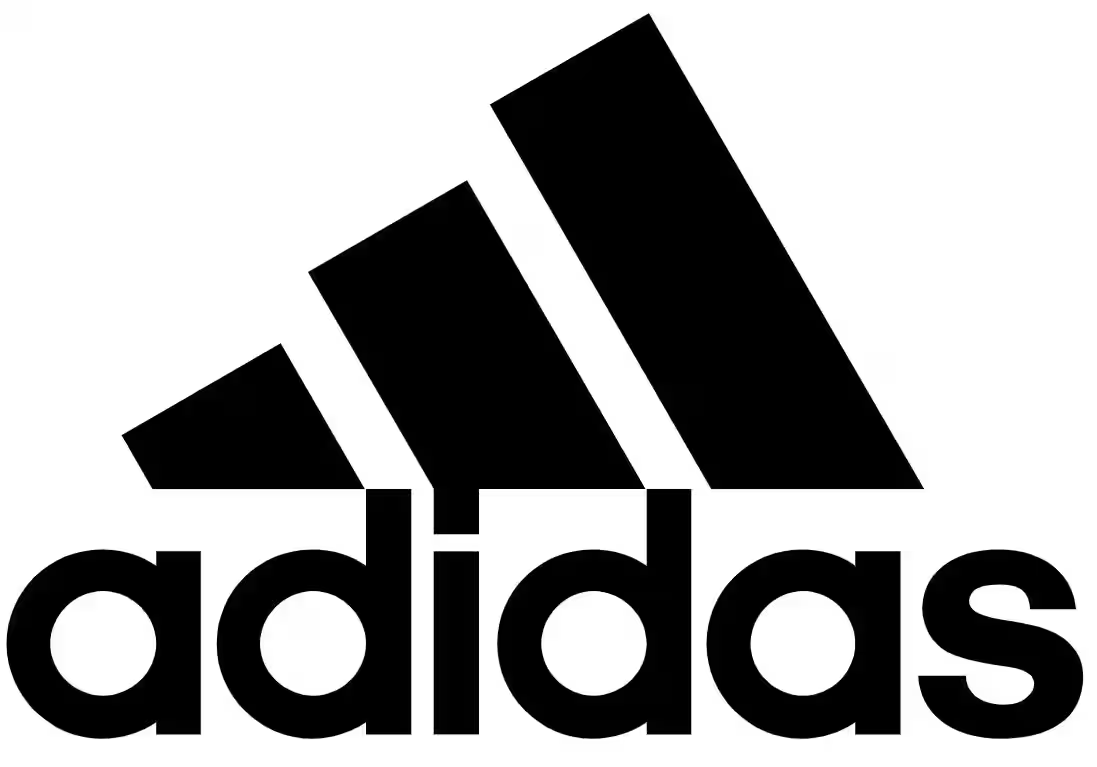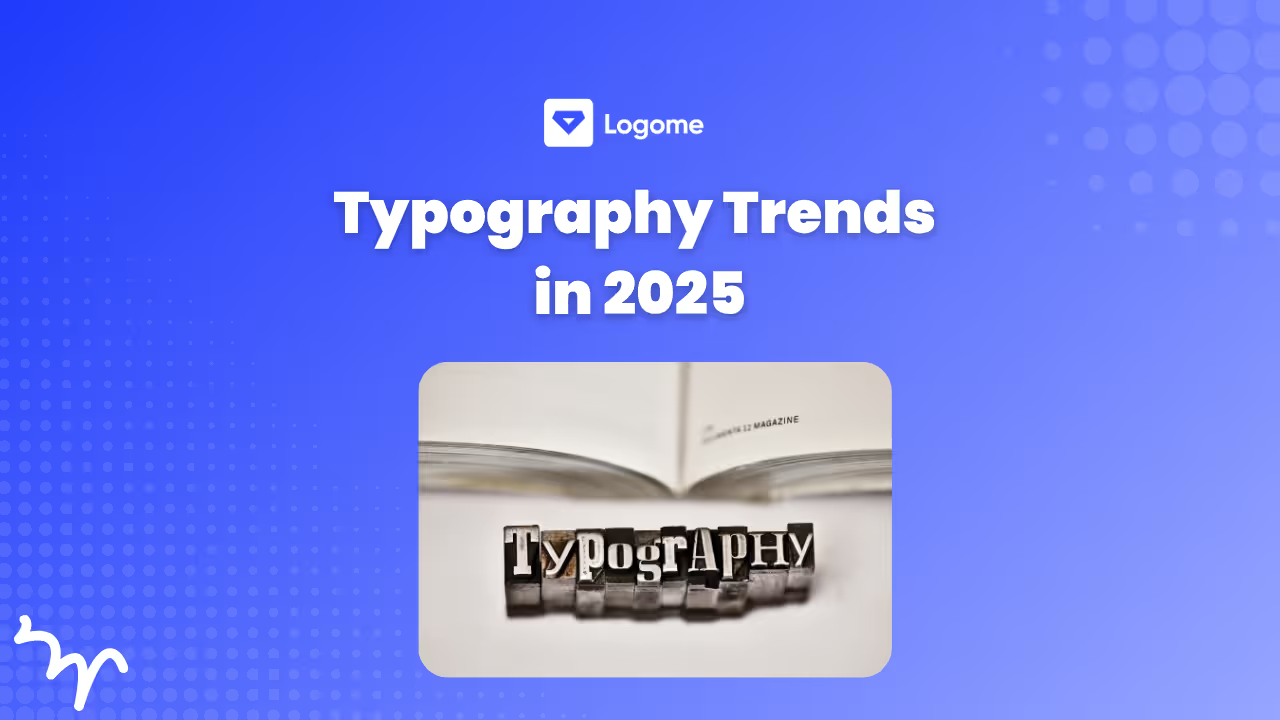How to Make Logo for Your Shopify Store
Learn how to make a logo for your Shopify store using free online tools. Discover expert tips, logo styles, brand identity, and top logo makers.
Learn how to make a logo for your Shopify store using free online tools. Discover expert tips, logo styles, brand identity, and top logo makers.

Your logo is more than just an image—it’s the face of your Shopify store. It sets the tone, builds trust, and tells customers what your brand stands for before they even browse your products. If your store doesn’t have a strong, clean logo, you're missing a chance to make a lasting first impression.
Whether you're starting fresh or rebranding, creating a logo doesn’t need to be complicated. You don’t have to be a designer or spend money to get it done. In this guide, I’ll walk you through everything step-by-step—from defining your brand to using free logo makers. Let’s create a logo you’ll actually be proud of.
Your logo is the face of your Shopify store. It’s the first thing people notice and often the reason they decide to stay or leave. A well-crafted logo helps you build credibility, connect emotionally with customers, and stand out in a crowded online market.
Let’s break it down to show why it’s so important.
People form opinions in seconds. Your logo creates that first impression. A clean, well-designed logo signals professionalism and attention to detail. It helps people remember your brand. Think of the Shopify logo—it’s simple, unique, and instantly recognizable.
Your own Shopify store logo should do the same. The goal is to make your store memorable from the very first click.
Trust plays a huge role in buying decisions. Shoppers feel more confident purchasing from stores that look polished and consistent. A great logo makes your store feel real and established.
Your logo should appear everywhere—website, emails, packaging, social media. That’s how you build a brand identity. A consistent logo builds recognition over time and helps people associate your visuals with your values.
Using the same logo across channels keeps your Shopify store cohesive and professional. Whether someone sees your ad on Instagram or your thank-you email, they know it’s you.
Before you open a Shopify logo maker or pick a color, step back. A great logo starts with a clear understanding of your brand. You can’t design something meaningful unless you know who you're designing it for and what message you want to send.
Think about who your store is for. Are you targeting busy moms, tech-savvy teens, or eco-conscious shoppers? Your audience influences the style, color, and tone of your logo.
Also, consider your niche. A minimal logo works for a fashion store, but a bold, quirky logo might be better for pet products. Knowing your niche helps your logo feel aligned and relevant from day one.
Now, define what your brand stands for. Is it playful, bold, elegant, or calming? Your mission and tone guide your visual style.
If you’re building a Shopify store that sells handmade goods, your tone might be warm and personal. If you're selling gadgets, a clean, futuristic tone may fit better. Your logo should match this vibe visually.
Grab a notebook and jot down five keywords that describe your brand. Think: minimal, eco-friendly, high-end, fun, or traditional. Then list your core values—what do you care about most? Quality? Speed? Style?
These words become your reference when designing. They keep you on track and help tools like a Shopify logo maker suggest better options tailored to your identity.
Once you know who you are and who you're selling to, it’s time to get visual. You don’t have to be a designer—you just need to collect references and examples to guide your direction. This part is fun and makes the next steps much easier.
Visit top Shopify stores in your category. Look at their logos. What works? What doesn’t? Try to spot patterns—are most using bold fonts or clean icons?
This isn’t about copying. It’s about learning what feels “right” in your niche. You’ll notice what you like, what your audience expects, and how to stand out.
These platforms are gold mines for creative inspiration. Designers post real client work here, and the quality is high. Use search terms like “ecommerce logo” or “Shopify store branding” to explore styles.
Save what you like. Take notes on color schemes, typography, and layout. This becomes your visual mood board.
Pinterest is perfect for collecting ideas in one place. Create a board for your logo vision. Pin logos, fonts, icons, and color palettes that speak to your brand.
Even if you don’t know what you want yet, browsing Pinterest helps you develop a visual direction. It gives you clarity when using a Shopify logo maker or when giving input to a designer.
Now that you know your brand identity and have visual inspiration, it's time to choose the right logo style. The design you pick shapes how people remember your store. From modern and clean to detailed and expressive—each style tells a different story.
Let’s walk through the key elements that make a logo truly fit your brand.
Minimalist logos are clean and simple. They work well for fashion, tech, and luxury brands. They’re easy to recognize and scale across platforms—from Shopify headers to mobile favicons.
Detailed logos include textures, shadows, or intricate patterns. These suit stores selling handmade, vintage, or artisanal goods. But be careful—they can lose clarity in smaller sizes.
Tip: If you're unsure, start with minimalism. Simpler designs are more versatile and look professional even without design experience.
Each style evokes a feeling. Modern logos use sharp lines, geometric shapes, and sans-serif fonts. They feel clean, professional, and forward-thinking.
Vintage logos have a nostalgic touch. Think retro fonts, badges, and hand-drawn elements. Great for coffee shops, craft goods, or local apparel stores.
Playful logos work best if your brand is fun, youthful, or bold. These use bright colors, bubbly fonts, or quirky icons. Perfect for toy stores, pet brands, or creative niches.
A monochrome logo uses one color—often black, white, or grey. It looks sleek and works on all backgrounds. It's also easier to print and keeps your branding consistent.
A full-color logo uses two or more colors and can add personality or warmth. Just make sure the colors align with your brand tone and don’t clash.
Whichever you choose, test how it looks in grayscale and on both light and dark backgrounds. Consistency is key when you're building a brand across emails, packaging, and social media.
Understanding the structure of logos helps you choose the right one. Here are the most common logo types you’ll find across successful Shopify stores:
A wordmark features your store name in a custom font. It’s clean and direct. Think “Google” or “Coca-Cola.” Ideal for new stores that want to build name recognition.

These use only your initials. They’re great if your store name is long or complex. Just be sure your brand is easy to recognize with those letters alone.

These use a unique shape or symbol that doesn’t directly relate to your product. It’s more about feeling than meaning. These logos can become iconic once your brand is known.

These include literal icons—like a camera for a photography store or a leaf for an organic brand. It’s a direct visual cue and helps new customers understand your niche instantly.

Mascot logos feature characters—real or illustrated. They’re friendly and personal. Perfect if you want to build a playful, family-friendly brand.

These combine a symbol with your store name. It’s the most flexible option for Shopify stores. You can use just the icon for social media or both for your homepage. That’s why many brands go with this format.

Color isn’t just about beauty. It influences how people feel about your brand. Choosing the right colors makes your Shopify store look more trustworthy, memorable, and aligned with your brand voice.
Let’s break it down so you can confidently choose a palette that works.
Colors trigger emotions. This is why banks use blue (trust) and food brands love red (hunger + urgency). Each shade sends a message. For example:
When you create a logo for your Shopify store, your colors should reflect your brand’s tone and values. A fun kids’ store and a luxury watch brand won’t use the same palette—and that’s the point.
A single-color logo feels modern, minimal, and adaptable. It looks good in black and white, works on all backgrounds, and is easier to scale.
Multi-color logos can show more personality. But use them wisely. Too many colors can look busy or unprofessional.
Stick to 1–3 main colors. You can always use complementary tones for backgrounds and packaging. Tools like Coolors make it easy to test combinations before you commit.
Think about how you want people to feel when they visit your store. Excited? Comforted? Inspired?
Pick your palette based on that. Selling eco-friendly products? Greens and browns make sense. Running a beauty store? Soft pinks, neutrals, or muted tones may suit you better.
Also test how your logo looks on different backgrounds. It needs to stay clear and consistent across platforms—Shopify, Instagram, packaging, and email.
Fonts speak before your words do. They carry mood, tone, and intention. Picking the right font is just as important as choosing your color palette.
Let’s make sure your text says the right thing, even before someone reads it.
Serif fonts have small lines at the ends of letters. They look formal and classic. Great for traditional or premium brands.
Sans serif fonts are clean and modern. They're popular in tech, fashion, and minimalist brands. Easy to read on screens.
Script fonts feel handwritten and elegant. They’re great for boutiques or creative brands—but harder to read in small sizes.
Choose the one that reflects your brand’s voice. If you're unsure, sans serif is a safe starting point for most Shopify store logos.
Many brands use more than one font—like one for the name and one for the tagline. That’s called pairing. But it has to be intentional.
Here’s how to get it right:
Tools like Fontpair help test combinations that actually look good together.
Your font should be clear at any size—from your Shopify site header to a favicon. Avoid overly decorative or thin fonts. They may look pretty but are hard to read, especially on mobile.
Also, make sure your font isn’t overused. If everyone’s using the same script from Canva, your brand won’t stand out. Try customizing letter shapes slightly or using premium fonts that match your vibe.
You don’t need to hire a designer or learn complex software to create a great logo. There are several free online tools that help you build a professional-looking logo for your Shopify store—even if you’ve never designed anything before.
These platforms are beginner-friendly, customizable, and fast. Here are the best ones to try.
Logome takes logo generation to the next level. It uses smart AI to create logos tailored to your industry, brand tone, and visual style. You start by describing your business, selecting design preferences, and letting the AI do the work.
Unlike some generic logo makers, Logome.ai focuses on clean, scalable, and brand-consistent designs. It’s perfect for Shopify sellers who want a professional look with minimal effort.
Hatchful by Shopify is made specifically for Shopify store owners. It’s free, easy to use, and doesn’t require any design skills. You just enter your store name, choose your industry and style, and Hatchful generates a variety of logo templates for you.
What’s great is that it also provides logo versions for social media, email, and packaging—all ready to use. If you're wondering how to make a logo for your Shopify store online free, this is your easiest starting point.
Canva is perfect if you want more creative control. It offers a wide range of templates, icons, and fonts you can drag and drop. You can start with a free logo layout and tweak it to match your brand’s style.
The interface is beginner-friendly and works directly in your browser. You can download your design in high-resolution formats, and Canva also helps you visualize how the logo looks on mockups like business cards or t-shirts.
Looka is an AI-powered logo generator that combines automation with customization. You answer a few questions about your brand, and Looka instantly generates design options based on your inputs.
While you can explore designs for free, downloading the high-resolution files may require a small payment. Still, it's an excellent option if you want smart suggestions and a semi-automated process for building a modern Shopify logo.
LogoMakr offers a simple design canvas where you can search icons, add shapes, and play with fonts. It’s not as template-driven as Canva, but it allows full control over the layout.
The platform lets you download a low-resolution logo for free, or pay a small fee for a high-res version. If you’re looking for something unique but still budget-friendly, LogoMakr is a solid pick.
Once your logo looks just right, it’s time to polish it for real-world use. This step ensures that your logo looks clean, professional, and consistent across every screen and platform.
Let’s go through the key checks to finalize your logo for your Shopify store.
Your logo needs to look sharp on both small and large screens. Zoom out and see how it appears on mobile. Then test it on desktop banners or product packaging.
If the text or icon blurs or becomes unreadable, simplify the design. A scalable logo should maintain its clarity whether it’s on a favicon or a billboard.
Always export your logo in PNG or SVG format with a transparent background. This gives you flexibility to place it on any background color or image.
Avoid JPEGs—they come with a solid background and lower quality.
Your logo won’t live in just one place. You’ll need different sizes and versions for:
Keep your branding consistent by preparing these in advance. You can use free tools like favicon.io or Canva’s resize feature.
Once your logo is ready, the next step is uploading it to your Shopify store. Don’t worry—it’s simple and takes just a few clicks.
Your new logo is now live on your Shopify store.
Your logo should appear in more places than just the top of your website. To create a consistent brand experience, also include it in:
Each touchpoint reinforces brand recognition.
Shopify recommends logos be 450px x 200px or smaller. Keep file sizes light (under 1MB) to maintain fast loading speeds.
Use high-resolution PNGs with transparent backgrounds, and make sure your design still looks clear when resized.
Even with the best tools and intentions, some common design errors can hurt your branding. Avoid these to keep your Shopify logo looking sharp and effective.
Templates are helpful, but don’t rely on them completely. A logo that looks like everyone else’s doesn’t help your store stand out. Use templates as inspiration, then personalize.
Add custom fonts, colors, or icon adjustments to make the design truly yours.
More isn’t always better. Overcrowded logos with too many elements look messy and are hard to scale.
Keep it simple. Focus on one core idea or icon that represents your brand. Minimalism often works best in ecommerce.
Most Shopify visitors shop from their phones. If your logo doesn’t work on small screens, it’s a problem.
Test your logo on different devices. It should be readable, sharp, and well-aligned even on the smallest screens.
Fonts and colors make or break a logo. If the font is too thin or overly decorative, it becomes unreadable. If your colors clash, your brand looks unpolished.
Stick to clear, web-safe fonts and color combinations that match your brand tone. Use color psychology to guide your decisions.
Your logo isn’t just a graphic—it’s your brand’s identity in a single glance. A well-designed logo builds trust, sparks recognition, and creates consistency across every touchpoint of your Shopify store. By choosing the right style, color, and font—and using tools like Shopify Logo Maker or Logome—you can craft a logo that truly represents your vision. Keep it simple, scalable, and authentic to your niche. The right logo doesn’t just look good—it drives engagement, builds loyalty, and helps turn visitors into loyal customers. Take your time and get it right—it’s worth it.
You can use free tools like Shopify Logo Maker (Hatchful), Canva, or Logome.ai. These platforms offer ready-made templates and customization options so you can design and download a professional logo at no cost.
Shopify recommends logos to be around 450 x 200 pixels or smaller. Make sure the file size is lightweight (under 1MB) for faster loading without compromising quality.
Start by defining your brand identity. Then use free tools like Canva or Hatchful to create your logo. Customize colors, fonts, and icons to match your niche, and export the logo in high-resolution formats like PNG or SVG.
Go to your Shopify Admin → Online Store → Themes → Customize. In the Header section, upload your logo and click Save. It will now appear on your store's homepage and across your theme.
Many logo makers, including Hatchful and Ucraft, offer logos for free. Some tools may charge for high-resolution downloads or commercial use rights, typically ranging from $10 to $50.
PNG with a transparent background is best for web use. SVG is great for scalability and clarity. Both ensure your logo looks crisp across all devices and design sizes.



Discover how 500,000+ businesses and creators are using our AI logo maker in their Logo creation.



